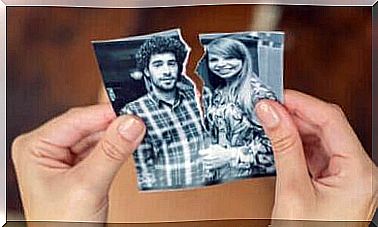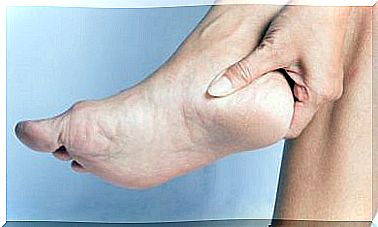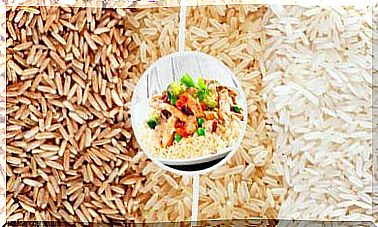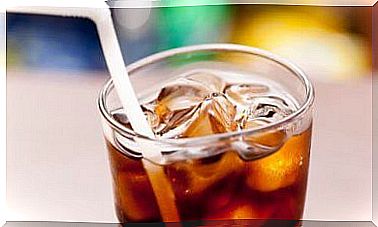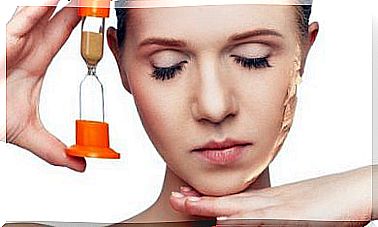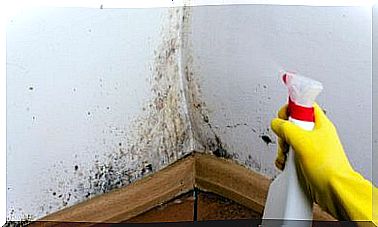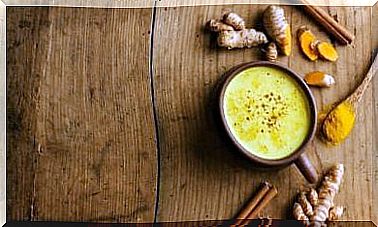How To Remove Insecticides From Vegetables And Fruits
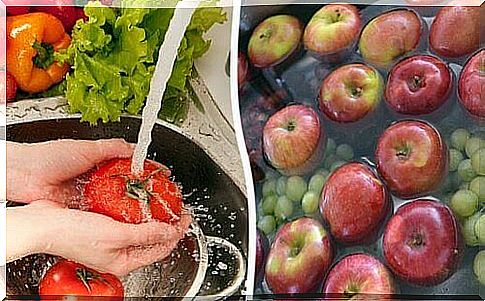
If you grow your own food or buy only organic from stores, insecticides and additives are not your concern. Unfortunately, most people have to buy mass-produced food that has been treated with various chemicals. Fruit and vegetable peels use a variety of toxins, polishes and preservatives to make fresh products look attractive and clean.
In this article, we will focus on how you can remove these chemicals from the food you eat.
What are insecticides and what harm do they cause to humans?
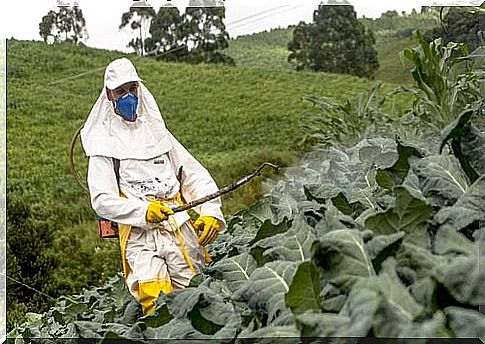
Before we tell you how fresh products are best cleaned, you must first understand why proper cleaning is important. Insecticides are chemical or biological products used in the growing and transporting of vegetables and fruits. The purpose of the toxins is to protect the products from insects, weeds and diseases.
This may seem very necessary in the cultivation of good quality food, but many of these chemicals are dangerous to humans.
In addition to vegetables and vegetables, the toxins are also used in the cultivation of several cereals, such as wheat, rice and rapeseed, and in the cultivation of flowers and cotton.
People are exposed to these harmful substances by consuming food that still contains residues of toxins. The second most common way to be exposed to chemicals is to eat meat that has ended up feeding the animal harmful substances. Insecticides also spread and pollute the environment, and people who live or work in the vicinity of such areas can be exposed to the toxins.
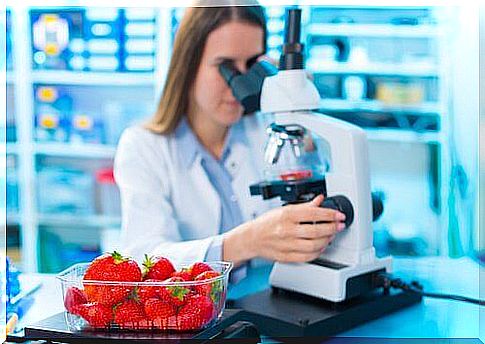
In general, the levels of toxins in products are low at the time they reach the consumer. However, the long-term effects of toxins on the human body are not yet fully known. However, the symptoms of insecticide poisoning are clear:
- Nausea
- Abdominal pain
- Diarrhea
- Dizziness
- Fainting
- Complexity
- Memory disorders
- Respiratory distress
- Skin problems
- Miscarriage
- Cancer
- Parkinson’s disease
- Fetal malformations
- ADD symptoms in children
Particularly susceptible to the effects of toxins are:
- Fetuses
- Toddlers and children
- Teenagers
- Pregnant or lactating women
- Women of childbearing potential
“Dirty Dozen”: These foods contain the most toxins
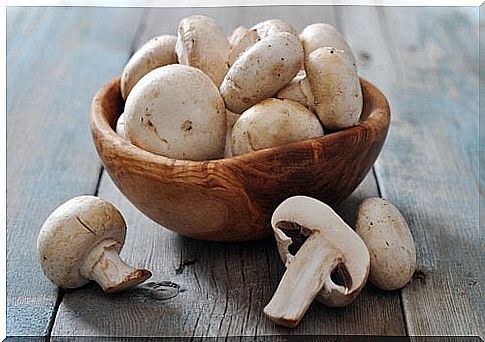
According to a study published by the Environmental Working Group , certain food products contain more residues of insecticides than others. It is recommended to avoid the following foods in particular, unless they are organic:
- Apples
- Celery
- Peppers
- Peach
- Nectarine
- Strawberry
- Grapes
- Spinach
- Cucumber
- Blueberry
- Potato
In addition to this , it is good to reduce the consumption of mass-produced beans and cabbage. According to the study, certain vegetables and fruits are more resistant to toxins and do not accumulate as abruptly in products. Prefer these:
- Onion
- Corn
- Pineapple
- Avocado
- Peas
- Asparagus
- Mango
- Eggplant
- Kiwi
- Grapefruit
- Watermelon
- Mushrooms
How do I remove toxins from fruits and vegetables?
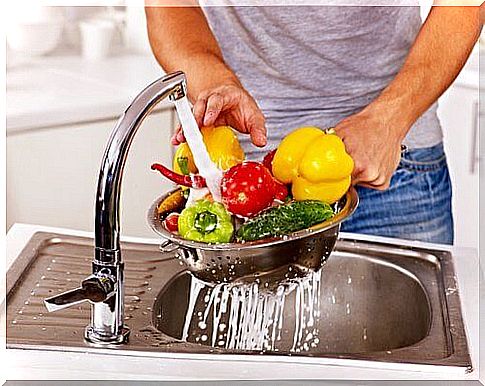
Special cleaning products for cleaning vegetables are available in stores. However, most of these are not living up to their promises. When you want to remove bacteria and dirt from foods, it is best to use plain water.
Rinsing food under running water is a more effective way of cleaning than immersing and swimming food in a container. You can also use a root brush to remove stubborn dirt. If the fruit has a waxy, shiny film on the surface, it can be difficult to remove.
Paraffin and other similar products are added e.g. tomatoes and apples to improve their appearance. Paraffin is not an insecticide, but it can be harmful to humans. Even if you try to rinse the wax film off, it usually doesn’t start with plain water and you end up eating it.
Do not use dish soap or hand soap to wash vegetables. Also, do not use bleach. Try these ways:
Vinegar, baking soda and lemon
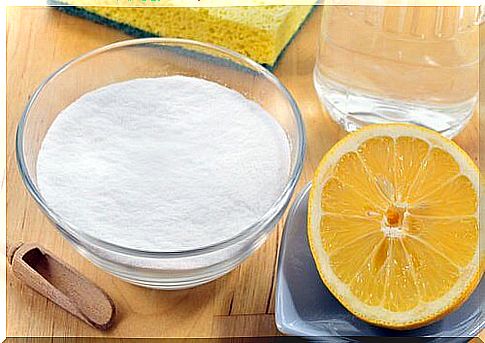
As soon as you arrive home from the store you can wash your vegetables and fruits. Try this effective cleaning method.
Ingredients
- 50 ml of apple cider vinegar or regular vinegar
- 250 ml of water
- Juice of one lemon
- 2 tablespoons baking soda
Manufacturing
- Pour vinegar and water into a spray bottle.
- Pour baking soda and freshly squeezed lemon juice.
- Screw the nebuliser onto the bottle and shake to mix the ingredients.
- Spray the mixture on fruits and vegetables and then brush them with a root brush.
Grapefruit, baking soda and vinegar
This cleaning spray is ideal for cleaning vegetables and fruits and removing insecticides.
Ingredients
- 20 g of essential grapefruit oil
- 250 ml of water
- 1 tablespoon baking soda
- 250 ml of vinegar
Manufacturing
- Add water and vinegar to the spray bottle.
- Add baking soda and oil.
- Close the bottle, shake well and spray on the vegetables and fruits. You can rub the foods through with a clean kitchen towel and finally rinse them with water.
Lemon and vinegar
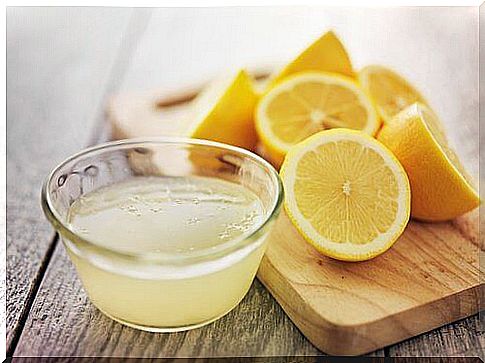
This recipe contains only three ingredients, but it is a very effective cleanser for foods. The use of natural products ensures that no more harmful chemicals end up in the vegetables and their taste does not change.
Ingredients
- 250 ml of vinegar
- 10 ml of lemon juice
- 250 ml of water
Manufacturing
- Combine water and vinegar, pour into a spray bottle.
- Stir in the lemon juice.
- Shake the bottle. Store the mixture in the refrigerator and use as needed.
